What's The Difference Between A Muscle Car And A Pony Car?
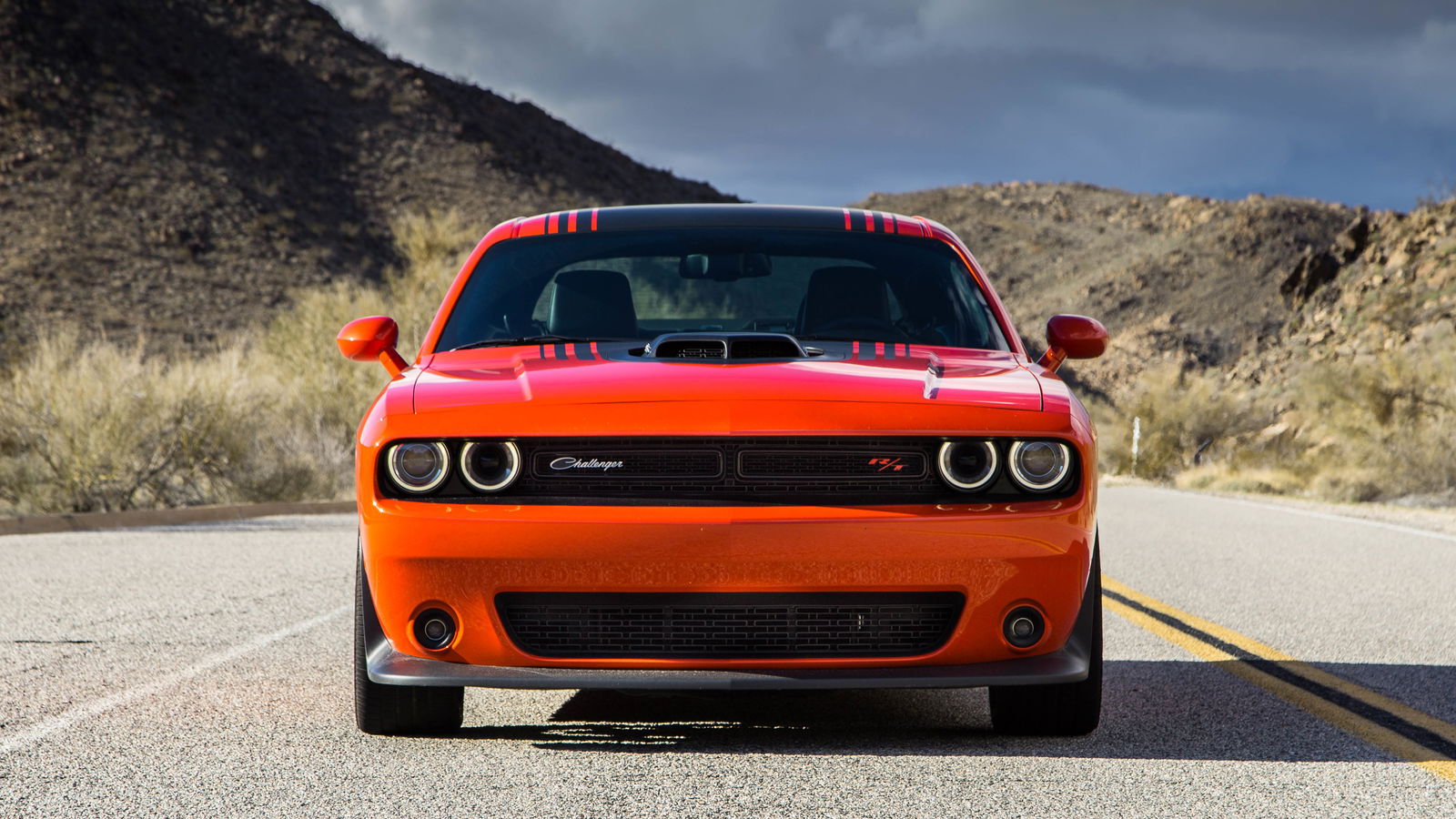
It’s common for people to refer to any rear-wheel drive American performance car with a V8 as a ‘muscle car’, but is that always the case? Some would have you believe that ‘pony car’ is in many instances a more appropriate description. Since this is probably the lesser-known term, let’s look at its history.
It all goes back to the original Ford Mustang, which caused something of a revolution in the car world when it arrived in 1965. Here was a relatively compact, affordable and sporty car aimed at young people, which was so popular it effectively spawned its own class: the pony car class. You know, because a Mustang is a horse, and all that.
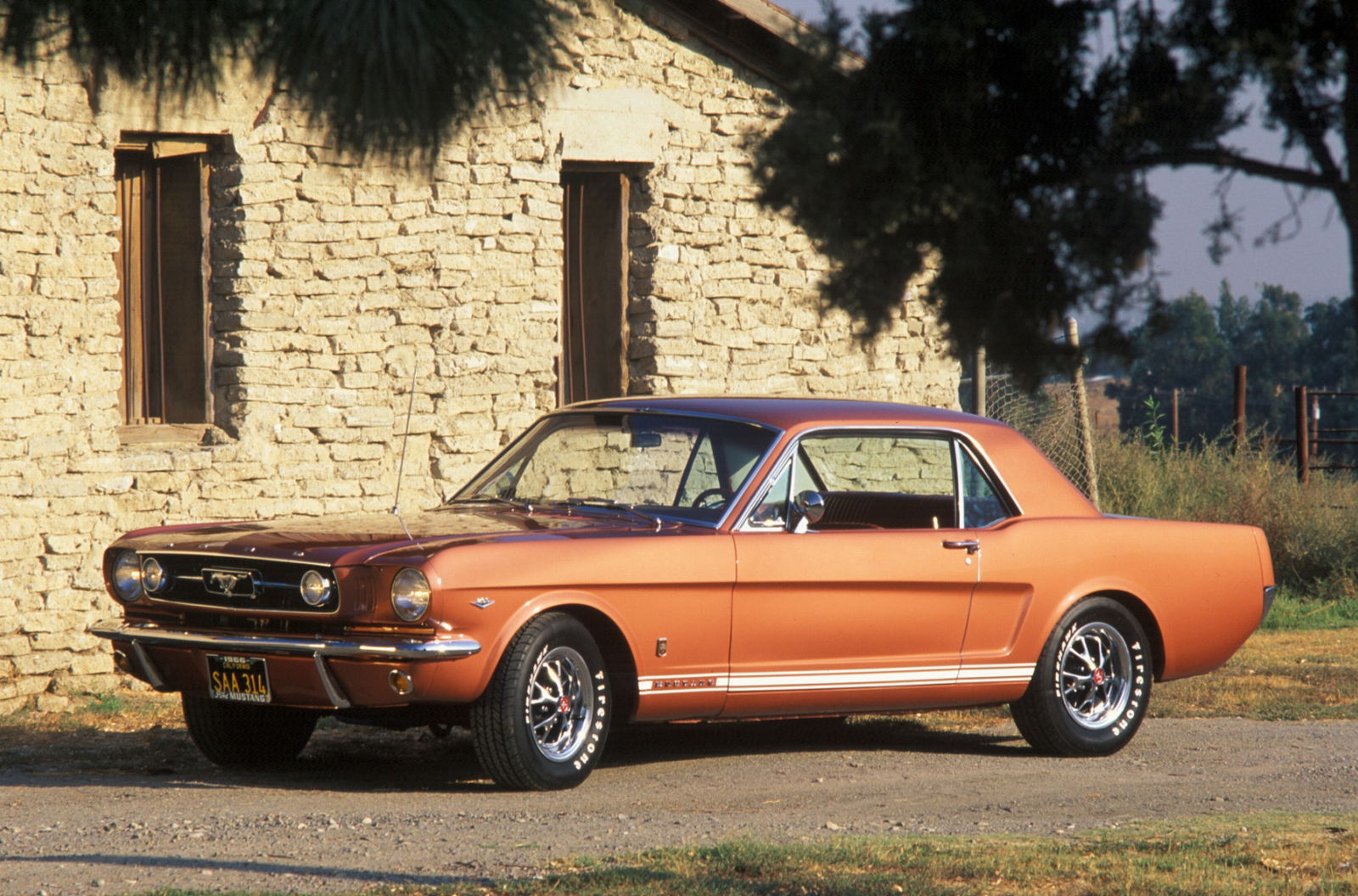
Naturally, other manufacturers wanted a slice of the pie which Ford was gorging itself on with impunity. Rivals soon came along in the form of cars like the Plymouth Barracuda and Chevrolet Camaro, the latter becoming the thorn in the Mustang’s side right up until the present day.
Yes, some of these cars shared whopping V8s with much larger machines from the same marque, but small-block eight-cylinder engines and even six-cylinder engines were generally the order of the day.
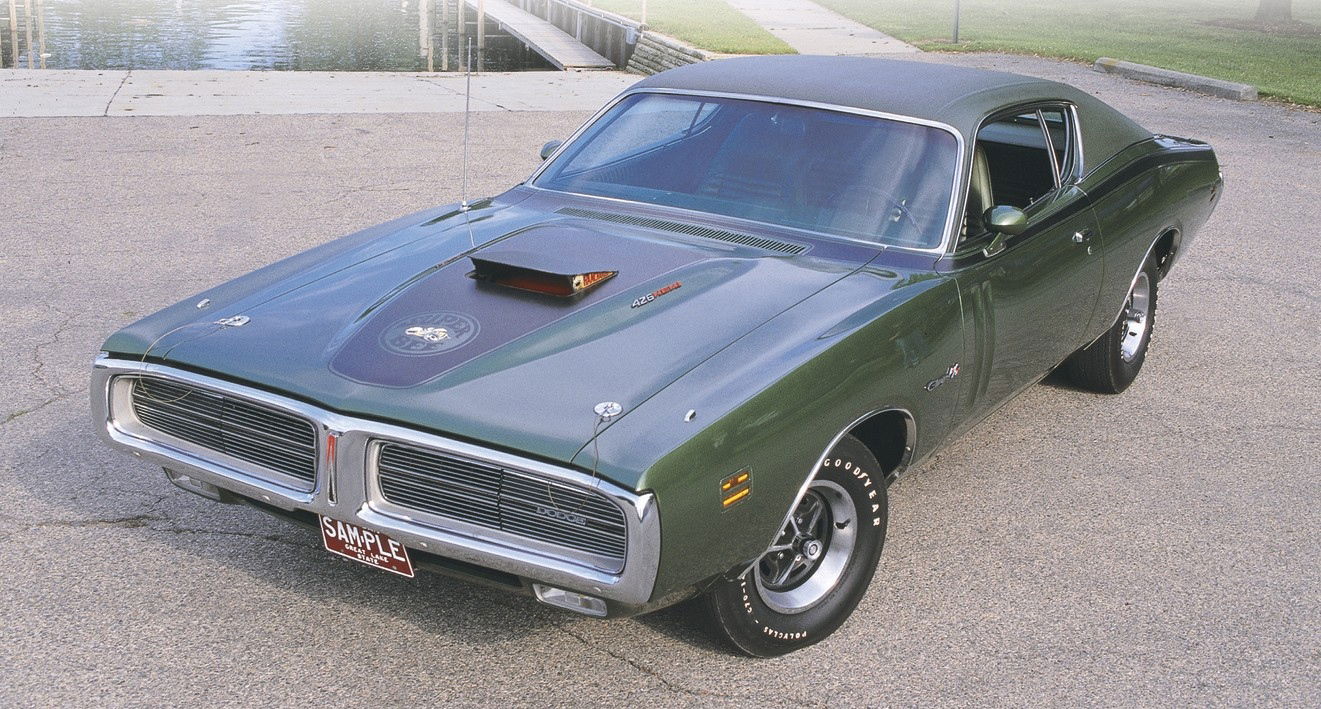
Muscle cars on the other hand were always much larger, both in their exterior dimensions and the equipment found under the hood. We’re talking vast, V8-powered monsters like the Dodge Charger, Ford Galaxie and Chevrolet Impala.
They generally didn’t care much for handling sophistication: they were all about shoehorning a massive engine into a coupe body, and having a penchant for drag strip action. In a lot of cases, they were the halo cars for the brands that spawned them.
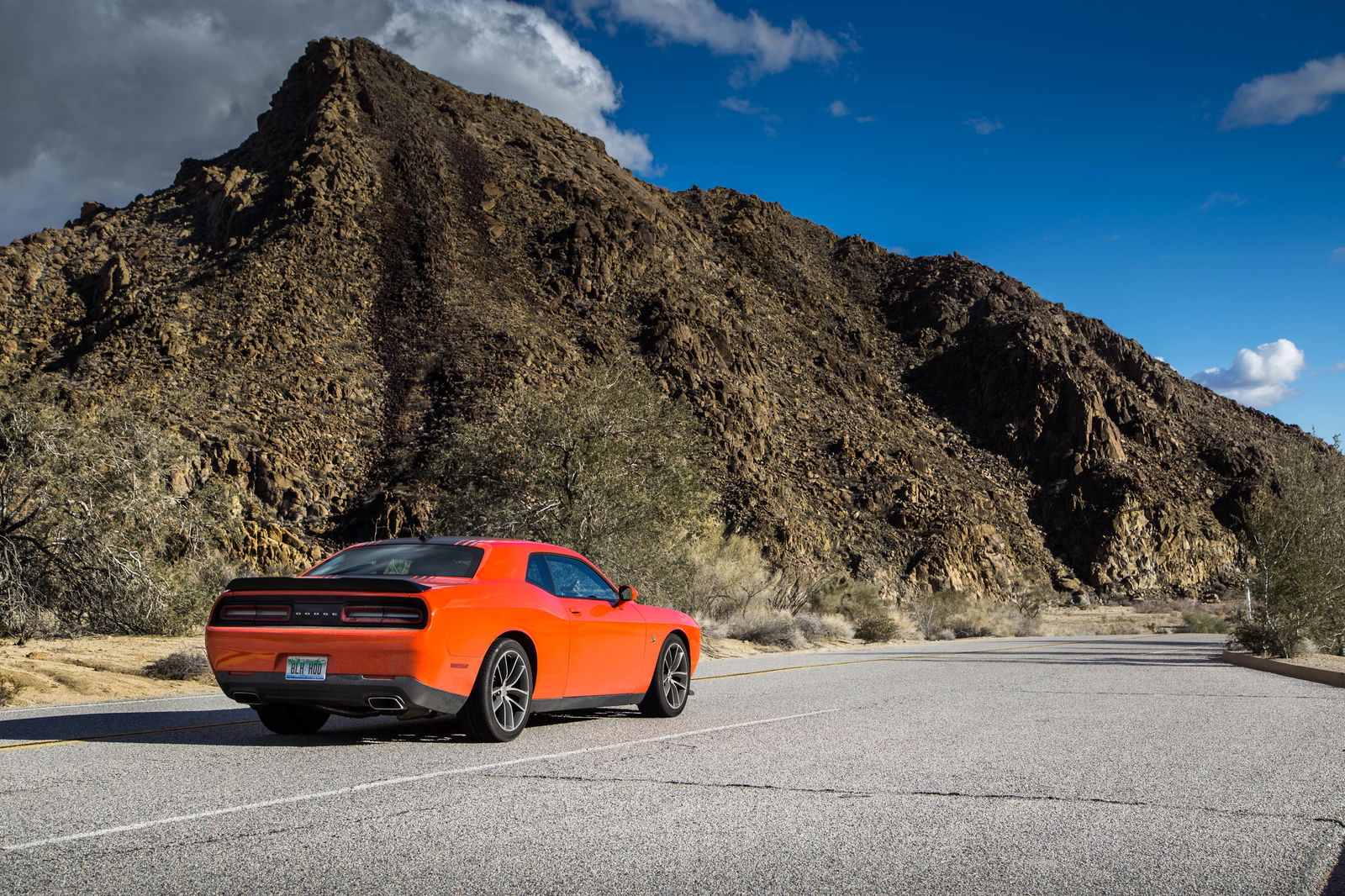
Looking to today however, things get a little more complicated. Most of those ‘traditional’ hulks of the muscle car world have long since disappeared or morphed into very different machines. Some would argue that the current Dodge Challenger is the only true muscle car on sale right now, and it’s easy to see why. The bottom end of the range may be propped up by V6s, but the headline cars are powered by massive V8 engines, slotted into a conspicuously large and heavy frame.
While other US manufacturers are obsessing over trick suspension, weight loss and Nurburgring laptimes, the Dodge and its Challenger seem focused on straight-line entertainment and ‘no replacement for displacement’ heroics. The 392 cubic-inch powered Scat Pack - which I had a ridiculous amount of fun driving in California recently - is a 485bhp burnout machine thanks to its hilariously skinny 245-section rear tyres, and the Hellcat’s very much cut from the same cloth.
You can even get a shaker hood added on some Challengers, adding a retro throwback to muscle cars of the past, and you can’t forget the incoming SRT Demon, which is about quarter-mile glory and precious little else. Although to add a dash of irony, the Challenger isn’t quite the all-American hero, since it’s actually built in Canada. But who cares.

The modern Ford Mustang on the other hand often finds itself labelled as a pony car, thanks partly to its lineage. It’s still arguably targeted at young people, and having finally ditched the whole live rear axle deal and switched to independent rear suspension in the latest generation it certainly has a more sports car-like focus. Hell, the latest one even has the option of adaptive dampers and an active exhaust.
It’s the same deal with the Chevrolet Camaro. Again, we have adaptive dampers on the menu, not to mention a big drop in weight compared to the last model. An argument could be made for the ‘pony car’ moniker for this car also.
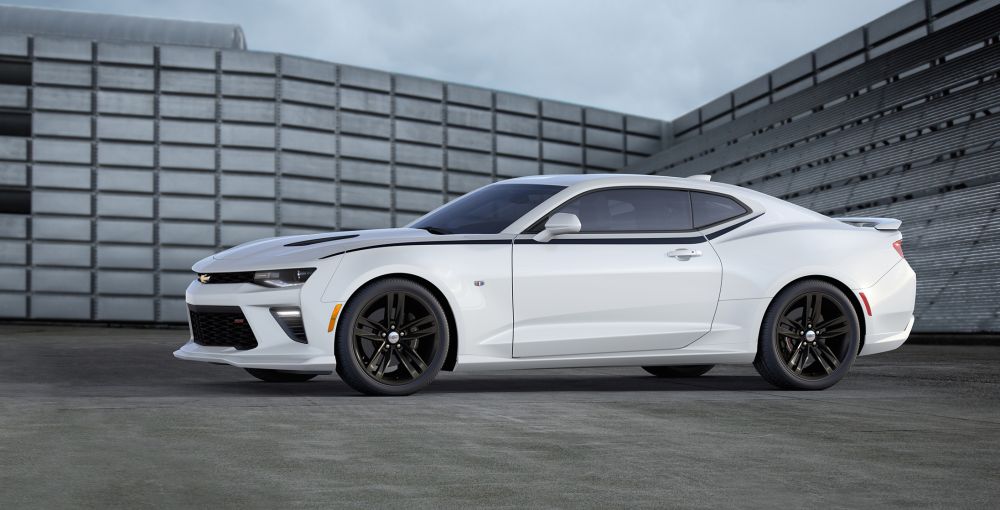
But there are a couple of problems with grouping modern machines as either muscle cars or pony cars. For starters, with all those traditional muscle cars long since deceased, the term seems a little meaningless if applied only to the near two-tonne Challenger, the last stalwart of ‘true’ muscle.
Secondly, the Mustang, Camaro and cars of that ilk aren’t exactly small now, so it’s no surprise that in V8 form they often end up labelled as ‘muscle’, and the same goes for a lot of Australian RWD V8 heroes. It’s also worth pointing out that the pool of cars that could be considered ‘ponies’ isn’t exactly that big either - these days youth oriented cars in the US tend to take the form of compact hatchbacks rather than sporty coupes.

But what about the super-sporty Mustang GT350 and Camaro ZL1? Well, there’s rationale to call them ‘sports cars’. And if the ‘normal’ versions carry on getting more sophisticated in the handling department, we’ll eventually be describing them thusly as well.
So, while once upon a time all this was clear cut, these days it’s more open to debate. Purists will insist that the Challenger is muscle and the rest should be called pony cars, while others say those purists are just living in the past and the muscle term can be applied a little more liberally, particularly as cars that could be given either label are generally in short supply.
So, while I’m slightly concerned this will open a whopping great can of worms, where do you stand?

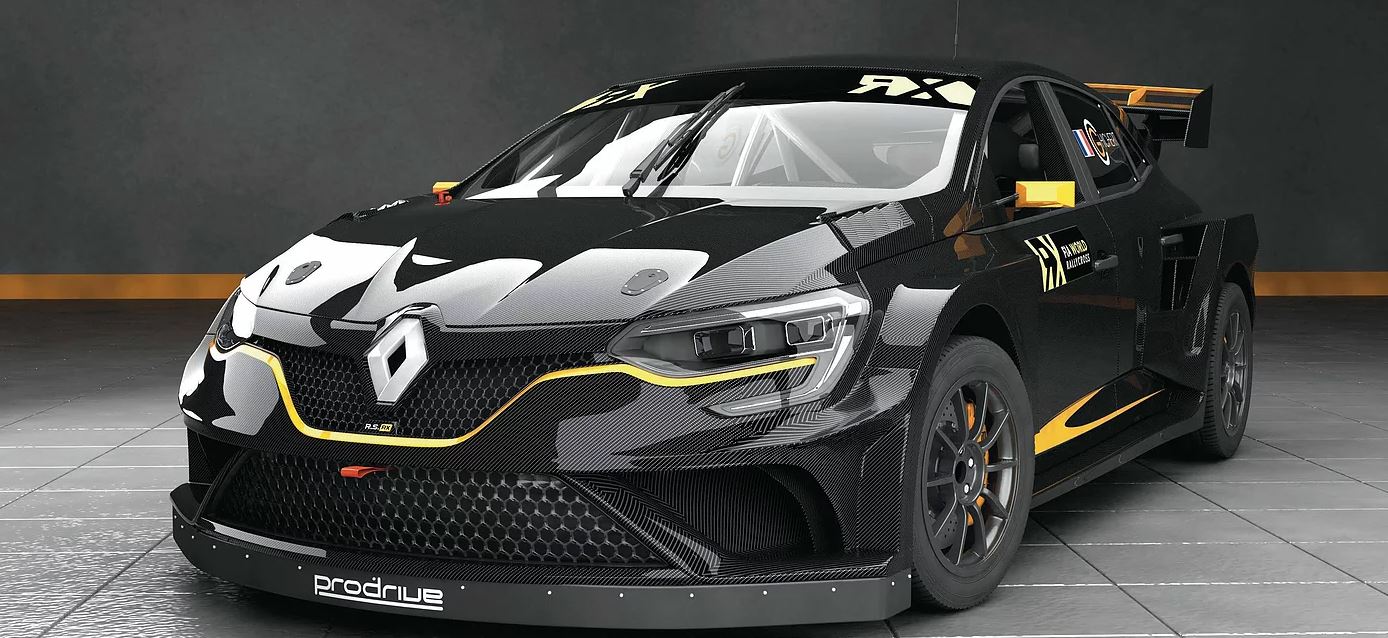

Comments
nothing to talk about now we just make random stuff up cause we think we are “car guys” but really can’t tell the difference between a Ferrari and a mr2 lmao I don’t see a difference if it’s not an Ls or jz it belongs in the garbage.
Can’t wait for the next gen challenger that’s based on the Alfa Romeo platform
A Pony has a tv show not a Muscle.
Trolling is fun😴
I use pony/muscle car interchangeably these days. On the one hand the 4cyl Mustang is more of the former while the V8 version is more of the latter. They are still tuned more for highway cruising and straight line fun than corner tackling. That isn’t to say that they don’t corner well, even my S197 with it’s live axle does quite well in capable hands (i.e. not mine) there is still clearly a lot of emphasis on straight line highway comfort. Hell they are even called “GT” as in grand touring.
Muscle Car = Any car with 2 doors, 4 seats, RWD, V8, and American made (or Australian, that can go, too).
Pony car = Any car that’s like a muscle car, just without the V8, or RWD. Anyone can just look this up on the internet right now. It’s not that dang hard to do. Handling doesn’t mean a thing, and modernization doesn’t mean a thing. End of story. Matt Robinson
Two thumbs up. It looks like you really did your homework and put some good thought into it.
Also, this reminds me of Ian Wright’s write up…
https://www.carthrottle.com/post/a2kpy8y/
Matt, you’ve nailed the distinction perfectly. Here’s where the difference really lies: the only two surviving pony cars from the original musclecar era, the Mustang and Camaro, outlived all others and morphed several times over into different forms, far removed from what the original intent was with the 1964 Mustang and 1967 Camaro. Effectively, both sides wound up ditching the historical genre…the Camaro with the 1970 redesign, and the Mustang when it became the Mustang II in 1974.
Even the “musclecar” definition gets a little loose. That term was for an intermediate two-door with power…which meant that all of the 1987 GM G-body performance cars (GN, GNX, 442, Monte Carlo SS, and Grand Prix 2+2) qualified. The truth is, any USDM car that has the performance of a V8 and attitude can get the “musclecar” treatment. The 1994-96 Chevrolet Impala SS and the 2003-04 Mercury Marauder are huge, yet they are the most classically correct when defining the musclecar.
Australian musclecars are close, but Aussies have their own take: they don’t care if it’s got two doors, four doors or a bed, if it goes like hell, it’s in.
I see where it’s coming from but the article contradicts itself. It says that even though some of the pony cars had “whopping V8’s,” this referring to cars like the Boss 429, Mach 1, and the original ZL1, these models usually had small blocks so they weren’t really muscle cars. But then claims that challengers are the last muscle car because of a focus on straight lines and the “headlining cars are powered by massive V8’s.” But most challengers sold have a V6. The slowest V6 in any of these cars. So, using the logic used to call the original Mustangs and Camaros Pony cars then the modern Challenger should be too. Also, the cars that are listed as the true muscle cars, Galaxies, Chargers, and Impalas, were found with 427’s, 428’s, 429’s and 440’s just as commonly as Mustangs, Camaros, and Barracudas. I get the classifications and see where it’s all coming from but I’m just a Mustang fanboy that thinks Stangs, Camaros, and Cudas deserve the title.
The Barracuda was released 2 weeks before the Mustang, not after. Just thought you should know
Pagination